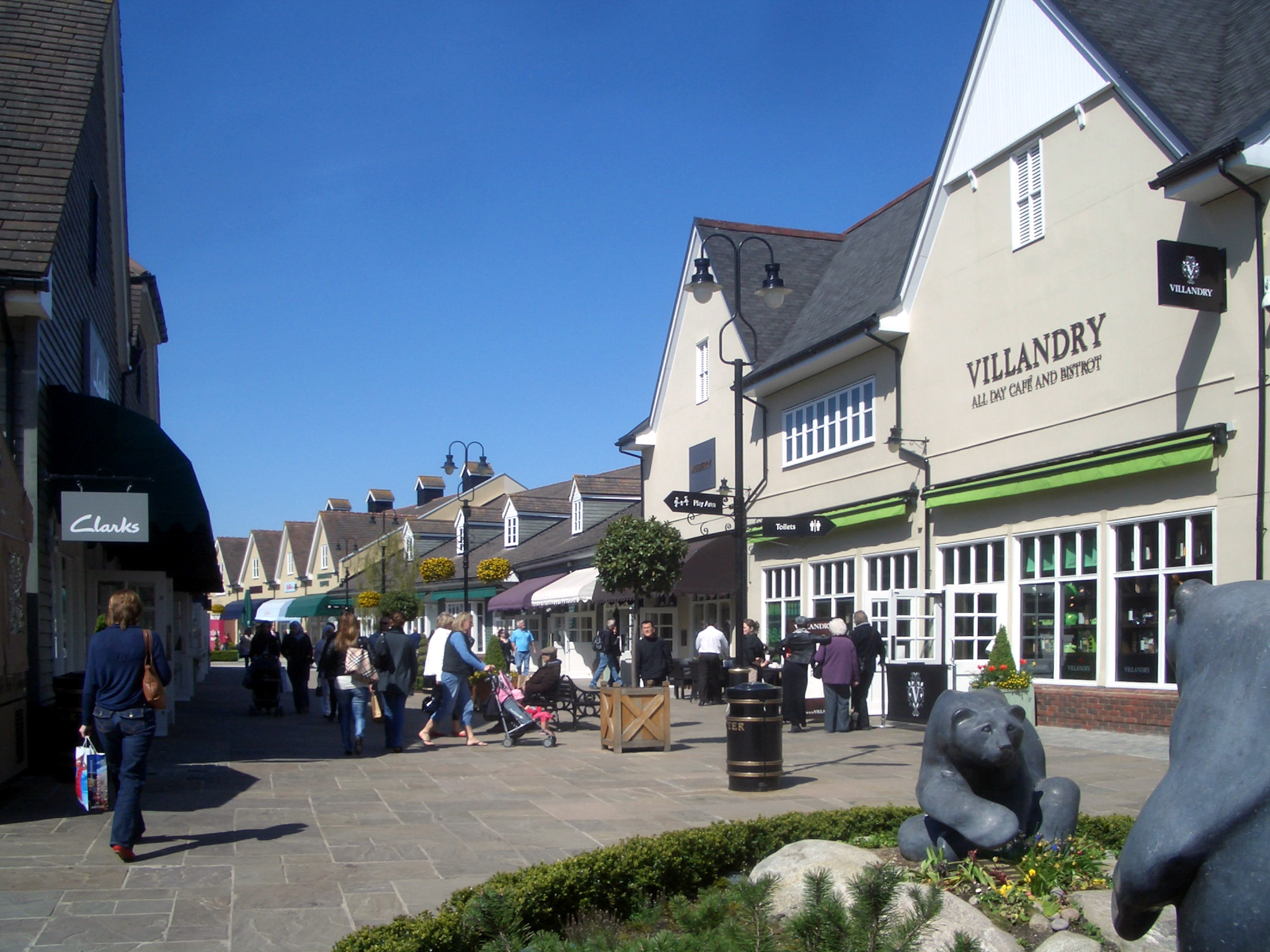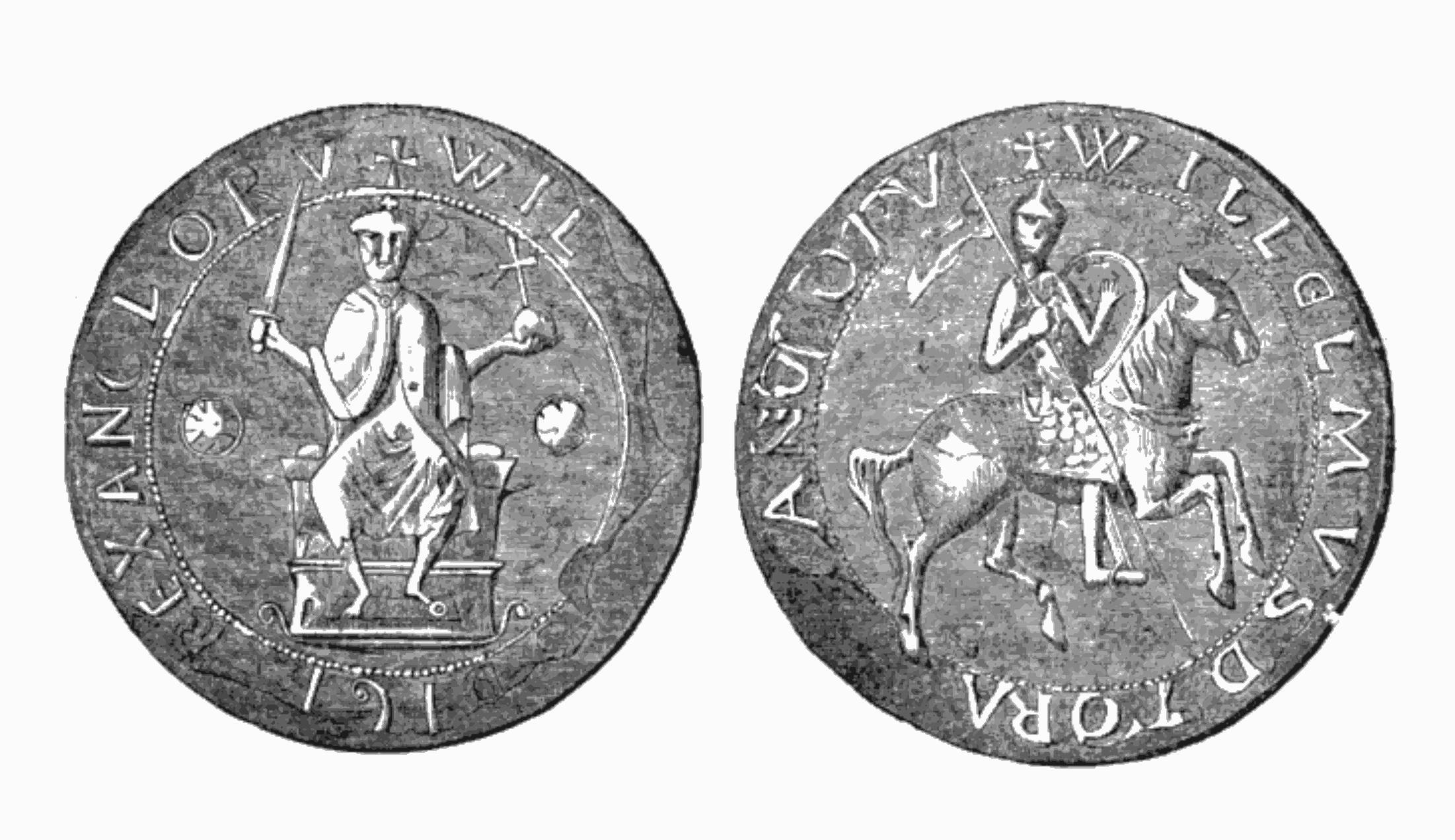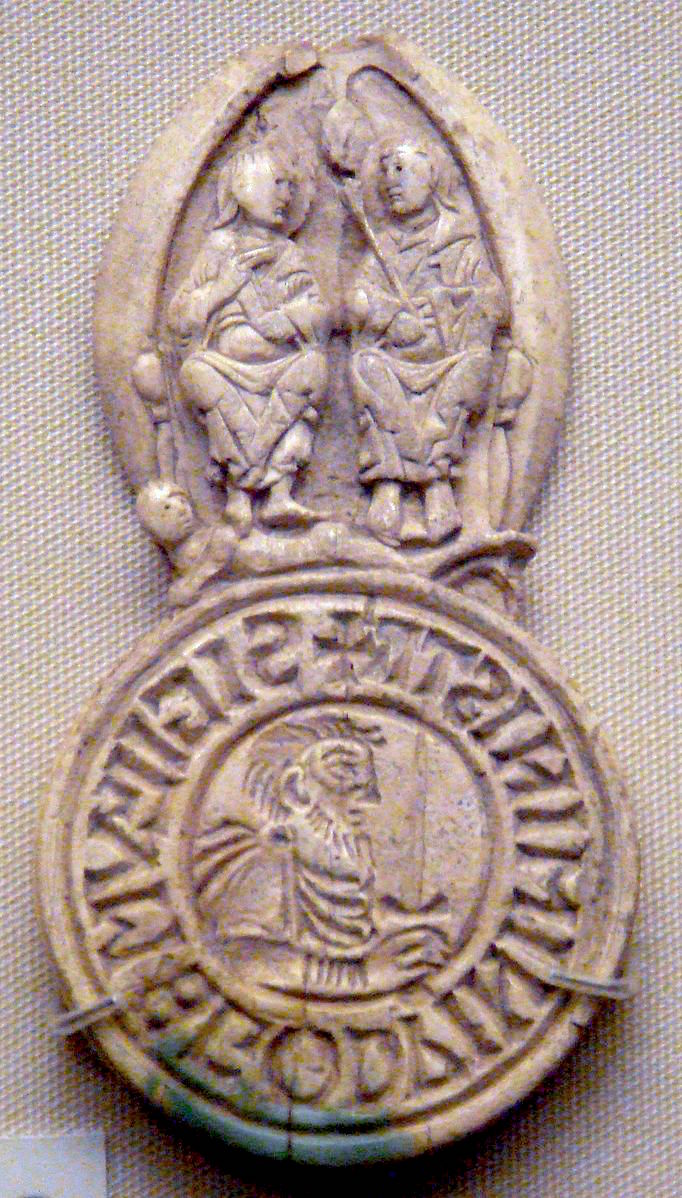|
Shenington
Shenington is a village and former civil parish, now in the parish of Shenington with Alkerton, in the Cherwell District, Cherwell district, in the county of Oxfordshire, England. It is about west of Banbury, it was an Enclave and exclave, exclave of Gloucestershire until the Counties (Detached Parts) Act 1844 transferred it to Oxfordshire. Shenington is on Oxfordshire's boundary with Warwickshire. Shenington was an Civil parish#Ancient parishes, ancient parish of . In 1961 the parish had a population of 232. On 1 April 1970 the parish was abolished and merged with Alkerton, Oxfordshire, Alkerton to form "Shenington with Alkerton". Toponym The Domesday Book of AD 1086 records the Toponymy, toponym as ''Senendone''. In a Pipe rolls, pipe roll from 1195 it appears as ''Senedon''. Another England in the Middle Ages, Medieval charter now in the British Museum records it as ''Schenindon''. Another recorded form is ''Shenedon''. Different possible etymologies are suggested for the f ... [...More Info...] [...Related Items...] OR: [Wikipedia] [Google] [Baidu] |
Alkerton, Oxfordshire
Alkerton is a village and former civil parish, now in the parish of Shenington with Alkerton, in the Cherwell District, Cherwell district, in the county of Oxfordshire, England. It is on the county boundary with Warwickshire, about west of Banbury. In 1961 the parish had a population of 82. On 1 April 1970 the parish was abolished and merged with Shenington to form "Shenington with Alkerton". Manor The Domesday Book records that in 1086 Alkerton had two main Manorialism, manors. Miles Crispin held the larger manor as part of the Honour of Wallingford. Odo of Bayeux, Odo, Roman Catholic Diocese of Bayeux, Bishop of Bayeux, William I of England, William the Conqueror's half-brother, held the smaller manor. Parish church The oldest parts of the Church of England parish church of Michaelmas, St Michael and All Angels are the lower stages of the central bell tower, which date from the 12th century in the Transitional style between Norman architecture, Norman and English Gothic arch ... [...More Info...] [...Related Items...] OR: [Wikipedia] [Google] [Baidu] |
Shenington With Alkerton
Shenington with Alkerton is a civil parish in the Cherwell district, in the county of Oxfordshire, England. It comprises the village of Shenington, which was an exclave of Gloucestershire until the Counties (Detached Parts) Act 1844 The Counties (Detached Parts) Act 1844 ( 7 & 8 Vict. c. 61), also known as the Detached Parishes Act 1844, which came into effect on 20 October 1844, was an Act of Parliament of the United Kingdom which eliminated many outliers or exclaves of co ... transferred it to Oxfordshire () and the village of Alkerton, which was always part of Oxfordshire (). It covers 9.60 km2 and as at the 2011 census had a population of 425 people. ( 2011 census Retrieved 201 ... [...More Info...] [...Related Items...] OR: [Wikipedia] [Google] [Baidu] |
Counties (Detached Parts) Act 1844
The Counties (Detached Parts) Act 1844 ( 7 & 8 Vict. c. 61), also known as the Detached Parishes Act 1844, which came into effect on 20 October 1844, was an Act of Parliament of the United Kingdom which eliminated many outliers or exclaves of counties in England and Wales for civil purposes. The changes were based on recommendations by a boundary commission, headed by the surveyor Thomas Drummond and summarized in a schedule attached to the Parliamentary Boundaries Act 1832. This also listed a few examples of civil parishes divided by county boundaries, most of which were dealt with by later legislation. This Act was repealed in its entirety by the Local Government Act 1972. Antecedents Inclosure Acts The areas involved had already been reorganised for some purposes. This was a process which began with the inclosure acts of the later 18th century. A parish on a county boundary which used the open-field system could have its field strips distributed among the two counties i ... [...More Info...] [...Related Items...] OR: [Wikipedia] [Google] [Baidu] |
Cherwell District
Cherwell ( or ) is a local government district in northern Oxfordshire, England. The district was created in 1974 and takes its name from the River Cherwell, which drains south through the region to flow into the River Thames at Oxford. Towns in Cherwell include Banbury, where the council is based, and Bicester. Kidlington is a contender for largest village in England. History Cherwell district was created on 1 April 1974 under the Local Government Act 1972, covering the area of four former districts, which were all abolished at the same time: *Banbury Municipal Borough * Banbury Rural District *Bicester Urban District *Ploughley Rural District The new district was named Cherwell after the main river in the area. Geography The northern half of the Cherwell district consists mainly of gently rolling hills going down towards the River Cherwell, but the southern half of the district around Bicester is much flatter. The north-west of the district lies at the northern extremity of ... [...More Info...] [...Related Items...] OR: [Wikipedia] [Google] [Baidu] |
Cherwell (district)
Cherwell ( or ) is a local government district in northern Oxfordshire, England. The district was created in 1974 and takes its name from the River Cherwell, which drains south through the region to flow into the River Thames at Oxford. Towns in Cherwell include Banbury, where the council is based, and Bicester. Kidlington is a contender for largest village in England. History Cherwell district was created on 1 April 1974 under the Local Government Act 1972, covering the area of four former districts, which were all abolished at the same time: * Banbury Municipal Borough * Banbury Rural District * Bicester Urban District * Ploughley Rural District The new district was named Cherwell after the main river in the area. Geography The northern half of the Cherwell district consists mainly of gently rolling hills going down towards the River Cherwell, but the southern half of the district around Bicester is much flatter. The north-west of the district lies at the northern ... [...More Info...] [...Related Items...] OR: [Wikipedia] [Google] [Baidu] |
Robert D'Oyly
Robert D'Oyly (also spelt Robert D'Oyley de Liseaux, Robert Doyley, Robert de Oiley, Robèrt d'Oilly, Robert D'Oyley and Roberti De Oilgi) was a Norman nobleman who accompanied William the Conqueror on the Norman conquest, his invasion of England. He died in 1091. Background Robert was the son of Walter D'Oyly and elder brother to Nigel D'Oyly. D'Oyly is a Norman French name, from the place name Ouilly near Lisieux in pays d'Auge, present Calvados ''département'' in Normandy. He married Ealdgyth, the daughter of Wigod, the Saxon lord of Wallingford. After Wigod's death, William appointed Robert the lord of Wallingford, and ordered him to fortify Wallingford Castle between 1067 and 1071. It is believed he may have become the third High Sheriff of Berkshire around this time. He was made Baron Hocknorton. D'Oyly was a sworn brother-in-arms of Roger d'Ivry. The Domesday Book records that by 1086 D'Oyly and d'Ivry held a number of manors either partitioned between the tw ... [...More Info...] [...Related Items...] OR: [Wikipedia] [Google] [Baidu] |
William II Of England
William II (; – 2 August 1100) was List of English monarchs, King of England from 26 September 1087 until his death in 1100, with powers over Duchy of Normandy, Normandy and influence in Kingdom of Scotland, Scotland. He was less successful in extending control into Wales. The third son of William the Conqueror, he is commonly referred to as William Rufus (' being Latin for "the Red"), perhaps because of his ruddy appearance or, more likely, due to having red hair. William was a figure of complex temperament, capable of both bellicosity and flamboyance. He did not marry or have children, which – along with contemporary accounts – has led some historians to speculate on homosexuality or bisexuality. He died after being hit by an arrow while hunting. Circumstantial evidence in the behaviour of those around him – including his younger brother Henry I of England, Henry I – raises strong, but unproven, suspicions of murder. Henry immediately seized the treasury and had h ... [...More Info...] [...Related Items...] OR: [Wikipedia] [Google] [Baidu] |
William I Of England
William the Conqueror (Bates ''William the Conqueror'' p. 33– 9 September 1087), sometimes called William the Bastard, was the first Norman king of England (as William I), reigning from 1066 until his death. A descendant of Rollo, he was Duke of Normandy (as William II) from 1035 onward. By 1060, following a long struggle, his hold on Normandy was secure. In 1066, following the death of Edward the Confessor, William invaded England, leading a Franco-Norman army to victory over the Anglo-Saxon forces of Harold Godwinson at the Battle of Hastings, and suppressed subsequent English revolts in what has become known as the Norman Conquest. The rest of his life was marked by struggles to consolidate his hold over England and his continental lands, and by difficulties with his eldest son, Robert Curthose. William was the son of the unmarried Duke Robert I of Normandy and his mistress Herleva. His illegitimate status and youth caused some difficulties for him after he succee ... [...More Info...] [...Related Items...] OR: [Wikipedia] [Google] [Baidu] |
Old English
Old English ( or , or ), or Anglo-Saxon, is the earliest recorded form of the English language, spoken in England and southern and eastern Scotland in the Early Middle Ages. It developed from the languages brought to Great Britain by Anglo-Saxon settlers in the mid-5th century, and the first Old English literature dates from the mid-7th century. After the Norman Conquest of 1066, English was replaced for several centuries by Anglo-Norman language, Anglo-Norman (a langues d'oïl, type of French) as the language of the upper classes. This is regarded as marking the end of the Old English era, since during the subsequent period the English language was heavily influenced by Anglo-Norman, developing into what is now known as Middle English in England and Early Scots in Scotland. Old English developed from a set of Anglo-Frisian or Ingvaeonic dialects originally spoken by Germanic tribes traditionally known as the Angles (tribe), Angles, Saxons and Jutes. As the Germanic settlers ... [...More Info...] [...Related Items...] OR: [Wikipedia] [Google] [Baidu] |
Honour (land)
In the kingdom of England, a feudal barony or barony by tenure was the highest degree of feudal land tenure, namely ''per baroniam'' (Latin for "by barony"), under which the land-holder owed the service of being one of the king's barons. The duties owed by and the privileges granted to feudal barons are not exactly defined, but they involved the duty of providing soldiers to the royal feudal army on demand by the king, and the privilege of attendance at the king's feudal court, the ''Magnum Concilium'', the precursor of parliament. If the estate-in-land held by barony contained a significant castle as its '' caput baroniae'' and if it was especially large – consisting of more than about 20 knight's fees (each loosely equivalent to a manor) – then it was termed an honour. The typical honour had properties scattered over several shires, intermingled with the properties of others. This was a specific policy of the Norman kings, to avoid establishing any one area under the con ... [...More Info...] [...Related Items...] OR: [Wikipedia] [Google] [Baidu] |
Brictric Son Of Algar
Brictric was a powerful English thane whose many English landholdings, mostly in the West Country, are recorded in the Domesday Book of 1086. Life According to the account by the ''Continuator of Wace'' and others, in his youth Brictric declined the romantic advances of Matilda of Flanders (c. 1031 – 1083), later wife of King William the Conqueror, and his great fiefdom was thereupon seized by her. Whatever the truth of the matter, years later when she was ruling England as regent, she used her authority to confiscate Brictric's lands and threw him into prison, where he died. Samuel Lysons in his '' Magna Britannia'' refers to a Godeva as being the "widow of Brictric, in dower" of two manors in Devon in a footnote to his table of the general division of property at the time of the Domesday survey. Brictric's other lands were granted after Matilda's death in 1083 by her eldest son King William Rufus (1087–1100) to Robert FitzHamon (died 1107), the conqueror of Glamorgan, who ... [...More Info...] [...Related Items...] OR: [Wikipedia] [Google] [Baidu] |
Thegn
In later Anglo-Saxon England, a thegn or thane (Latin minister) was an aristocrat who ranked at the third level in lay society, below the king and ealdormen. He had to be a substantial landowner. Thanage refers to the tenure by which lands were held by a thane as well as the rank; an approximately equivalent modern title may be that of baron. The term ''thane'' was also used in Early Middle Ages, early medieval Scandinavia for a class of retainers, and ''thane (Scotland), thane'' was a title given to local royal officials in medieval eastern Scotland, equivalent in rank to the child of an earl. Etymology ''Thegn'' is only used once in the laws before the reign of King Æthelstan (924–939), but more frequently in charters. Apparently unconnected to the German language, German and Dutch language, Dutch word '' '' ('to serve'), H. M. Chadwick suggests "the sense of subordination must have been inherent... from the earliest time". It gradually expanded in meaning and use, to ... [...More Info...] [...Related Items...] OR: [Wikipedia] [Google] [Baidu] |








